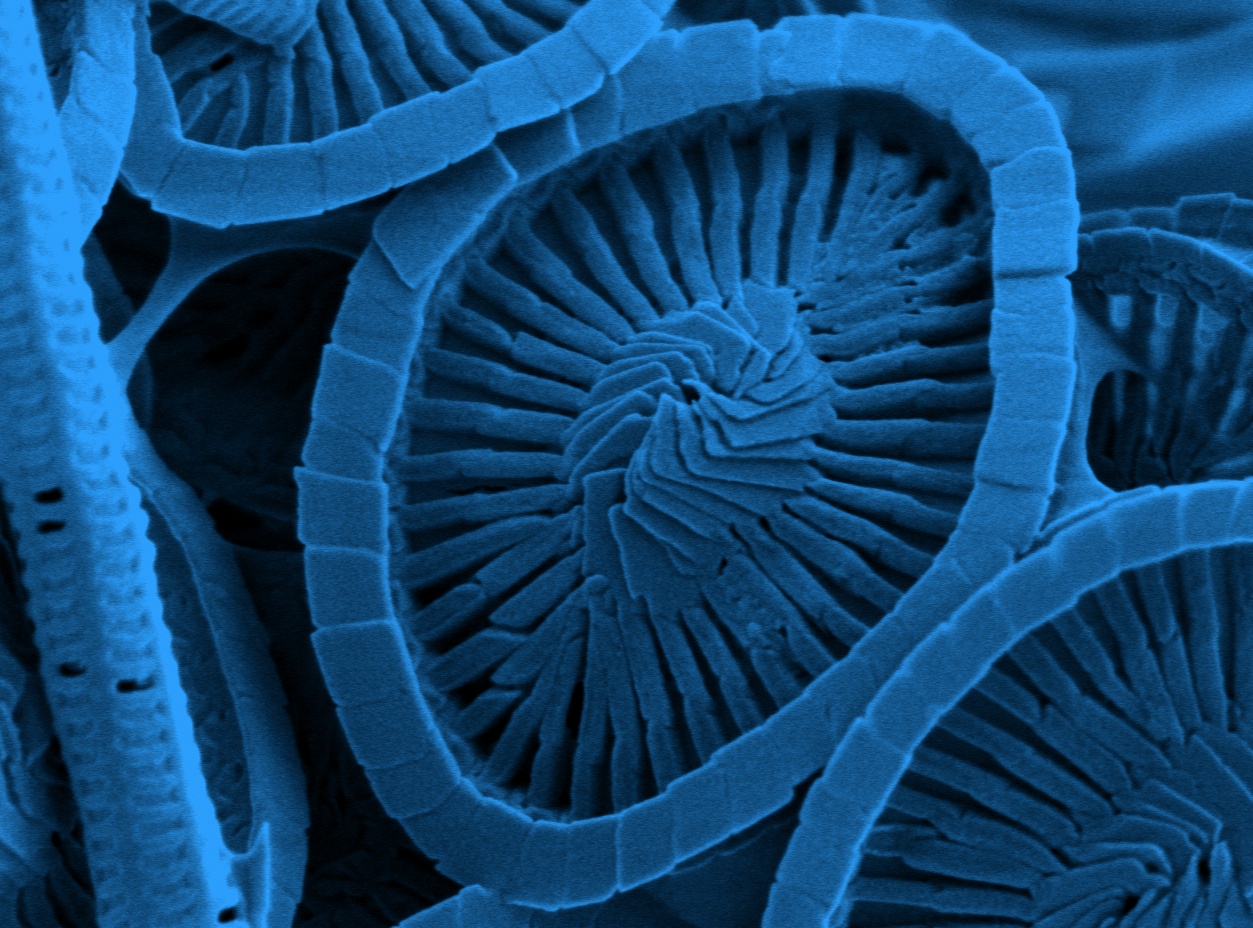

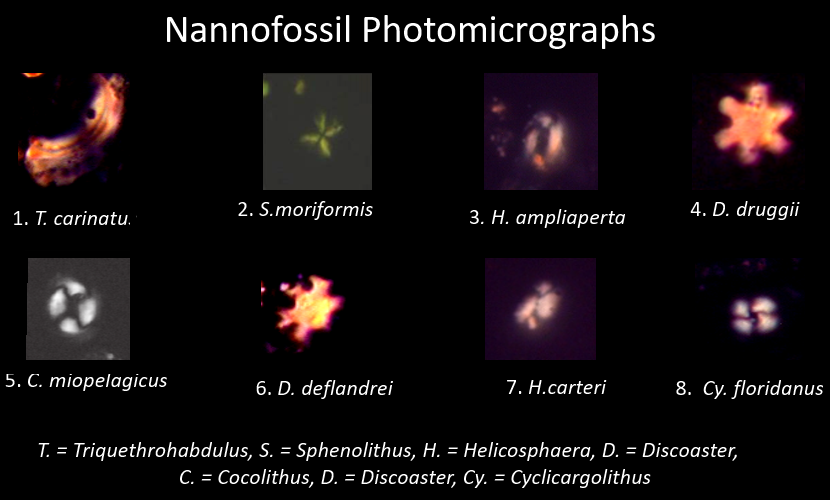
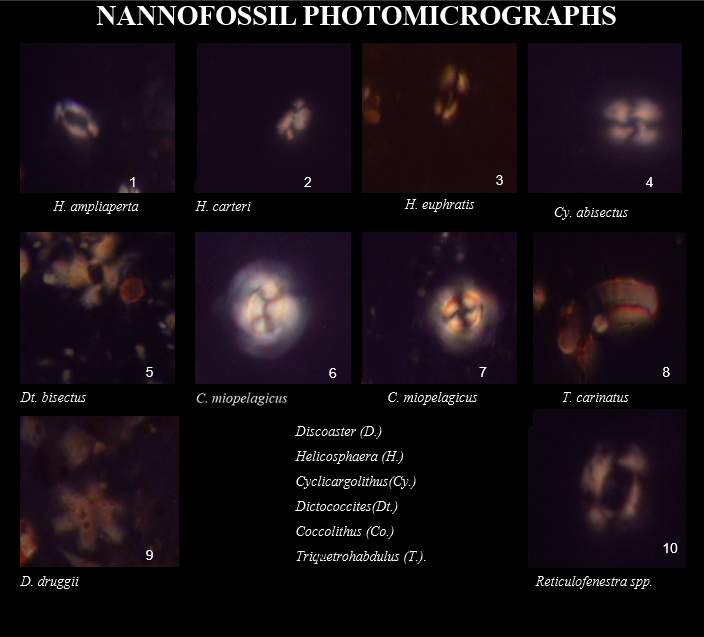
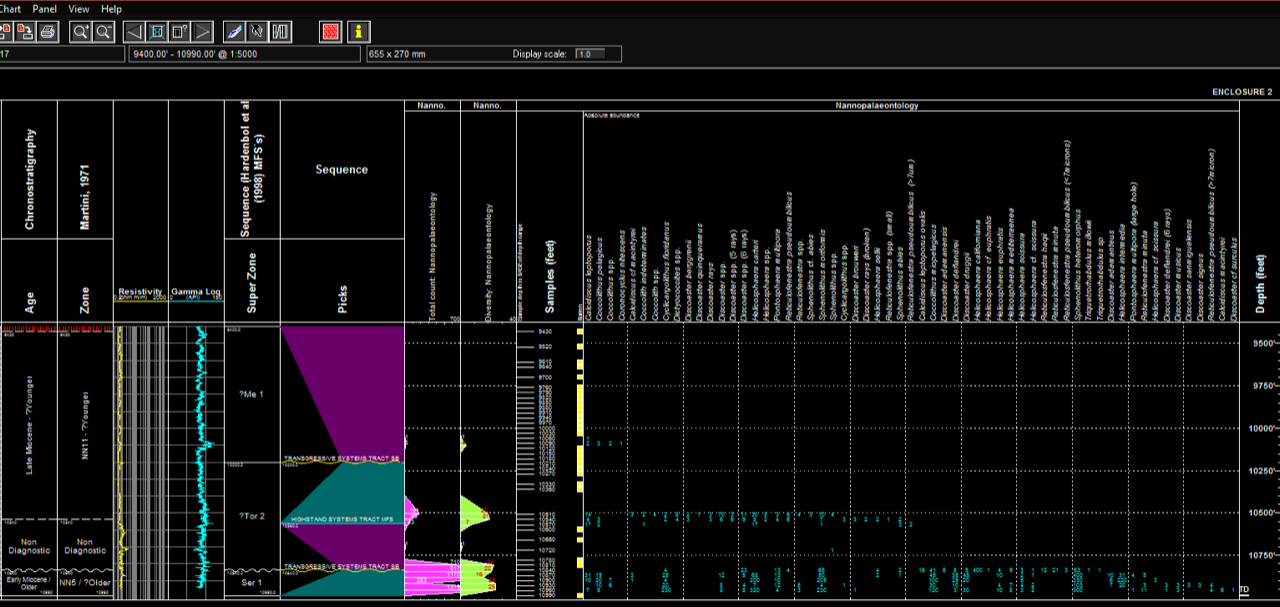
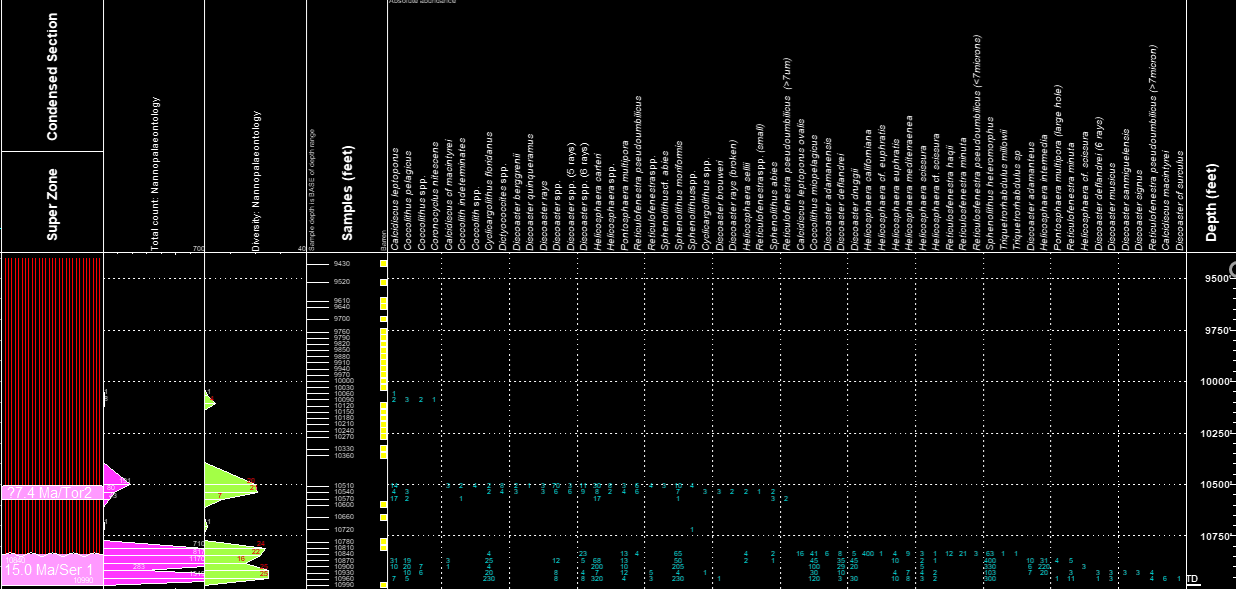
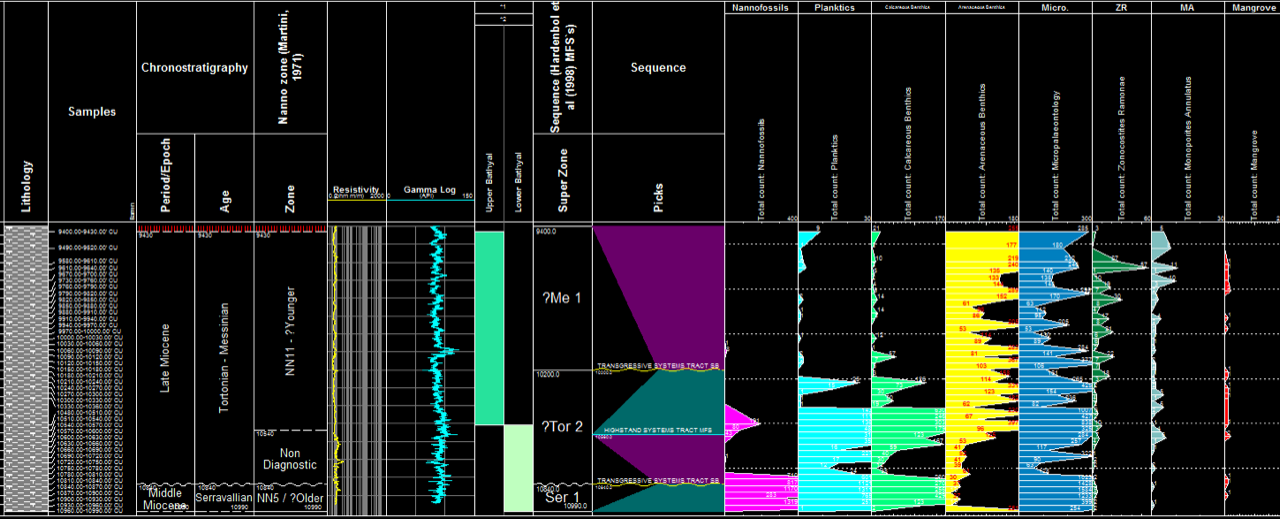
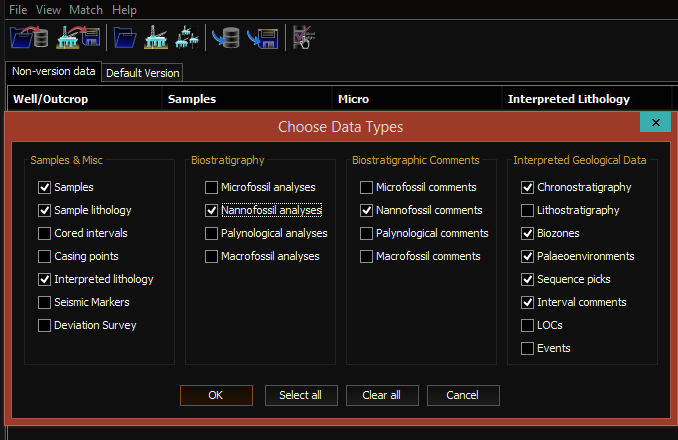
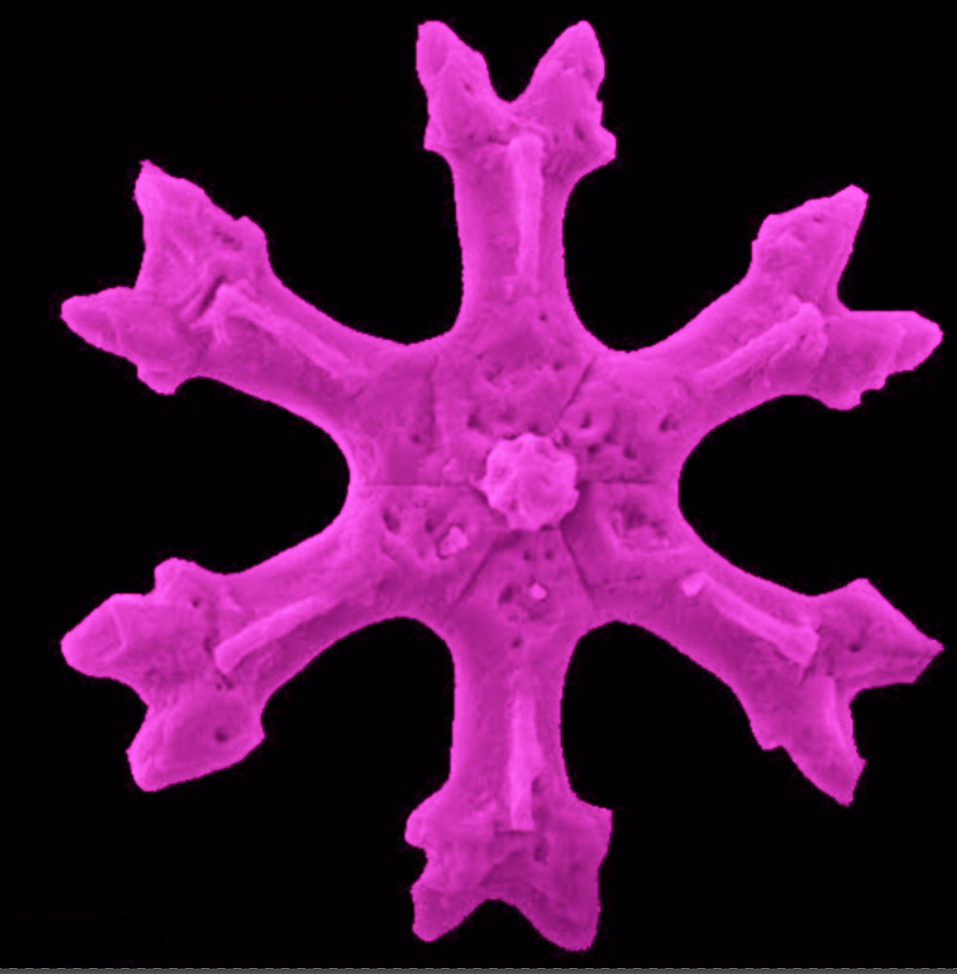
Sessions
Module 1: INTRODUCTION TO NANNOPALEONTOLOGY (2 Days)
General overview of Nannopaleontology, Definitions of keywords, Application to Petroleum Industry, Stratigraphic ranges of calcareous Nannoplankton, and Classification of major Nannofossil groups
What you should expect:
- Detailed knowledge of Nannopaleontulogy
- Information concerning Nannofossil classification
- Good use of Nannotax for Nannofossil taxonomy
- Hands-on skill in the use of Nannofossil Zonation Charts
Practice
- Use of the Nannofossil biostratigraphic range chart (Martini (1971) and Okada and Burkry (1980).
- Exercises on biozones and use of range charts.
Module 2: NANNOFOSIL SLIDES PREPARATION TECHNIQUES (2 Days)
Introduction to Laboratory works, Safety and Precautionary method in handing of samples to avoid contamination, Overview of different preparation methods (smear slide, routine laboratory method, gravity settling, centrifuging and pipette strew technique)
What you should expect:
- Laboratory safety and precautionary measures
- Safe handling of samples to avoid contamination
- Rig prep talks and safety measures while working on a rig- site
- Hands-on skill in sample handling and preparation methods
Practice
- In-house Routine Method (Laboratory)
- Smear Slide Method (Rig-Site Preparation Method)
Module 3: DATA PROCESSING & BIOSTRATIGRAHIC SCIENTIFIC COMPUTING (2 Days)
Introduction to StrataBug, Biostratigraphic Software, The input of analysed data Into StrataBug. Generation of Biostratigraphic Charts and the input of Interpreted Data into StrataBug
What you should expect:
- Creation of wells in Stratabug, importing data andinputting raw data into Stratabug software.
- Creating, Updating, and cleaning of taxonomy databasefor nannofossils, microfossils, and palynomorphs groups
- Inputting, importing, and exporting interpreted data, bioevents, and integration of biostratigraphic data with other data (wireline logs, sequence stratigraphic data,etc)
Creation, plotting, and conversion of biostratigraphic distribution charts biostratigraphy
Practice:
- Data entry into StrataBug
- Data computing and generation ofcharts
- Copying and transcription of data into differentformats
Module 4: ANALYSES AND INTERPRETATION OF NANNOFOSSIL DATA AND REPORT WRITING (2 weeks)
Analyses of Nannofossil Slides. Interpretation of Nannofossil data and use of Nannofossil distribution chart. Nannopaleontology report presentation
Who should attend
Geologist, Stratigraphers, Geomodellers, Biostratigraphers, anyone interested that have completed Module 1, anyone who wish to understand how Nannofosil biostratigraphy is used for: Age Determination, Seismic Prognosis Confirmation, Coring Point Selection, Terminal Depth Determination, Stratigraphic Monitoring while Drilling, Over-pressure zone Determination and Correlation of Adjacent and multiple wells
What you should expect:
- Ability to identify Nannofossil in a slide with a light polarizing microscope
- Effective use of Nannofossil in Age dating, multiple well correlations, Terminal depth determination, Stratigraphic monitoring while drilling, etc.
- Integration of Nannofossil data with other biostratigraphy disciplines (Palynology and Micropaleontology) to depict the environment of deposition. Integration with other data such as wireline logs for high-resolution biostratigraphy and sequence stratigraphic study. Ability to detect taxa that is not in-situ.
- Presentation of Nannopaleontology report.
Practice:
- Use of Light polarizing microscope, safety, and office ergonomics during analysis
- Analyses of Nannofossil slides
- Interpretation and Correlation of Nannofossil data from oil wells
- Use of nannofossil biozonation as a tool to detect reworked and cave-in taxa.
- Nannopaleontology report writing